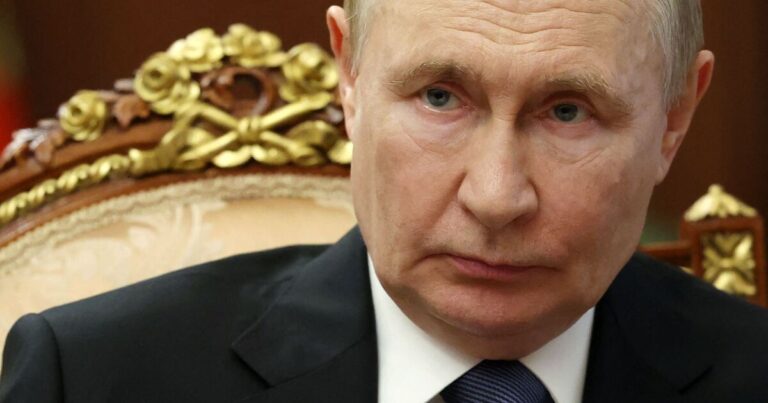The Russian war machine has been recruiting soldiers for the front lines, including those with HIV, hepatitis, and even tuberculosis cases, as Putin continues to pull men into the front lines in Ukraine.
The number of HIV and hepatitis cases among Russian soldiers is alarmingly increasing, according to a report from Carnegie Politika. The number of HIV cases detected in the Russian armed forces skyrocketed 13 times by the end of 2022, and was 20 times higher by the end of 2023, compared to the onset of the all-out war, says the publication.
Although Russian law mandates that individuals living with HIV, tuberculosis, or hepatitis C should be excluded from military service, independent Russian media have documented that HIV-positive individuals continue receiving draft notices since Russia’s full-scale invasion of Ukraine commenced.
This occurs either because military officials remain unaware of their health conditions or because they simply ignore them, reports the Kyiv Independent.
Olga Romanova, an exiled Russian journalist and founder of the NGO Russia Behind Bars, disclosed that there is essentially no formal mobilization process in Russia – instead, “everyone is being recruited.”
“They basically take everyone indiscriminately,” Romanova told the Kyiv Independent. “Because it’s unofficially approved, because no one is planning to treat them at all,” she continued.
“It’s easier for everyone if they get killed there – no one will notice the difference. I have the feeling that (Russian President Vladimir) Putin, including through this war, is solving the problem of disposing of excess people. And this is that very disposal,” Romanova stated in the same interview with the Kyiv Independent.
Even before Russia initiated its invasion of Ukraine in 2022, the country’s HIV statistics and trends were already on the rise. However, the full-scale conflict has drastically worsened the situation. Healthcare professionals are warning about the increased risk of HIV transmission at the frontlines due to blood transfusions and the reuse of syringes in battlefield medical facilities.
While individuals consume their daily ART regimens are no longer contagious, maintaining these regimens becomes nearly impossible when troops are stationed in trenches under constant bombardment, say experts. Moreover, inconsistent treatment can be even more harmful than no treatment at all, as it can cause the virus to develop resistance to medications and spread in that mutated form.
In the first year of the war, data from the Defense Ministry revealed a staggering increase in HIV incidence among military personnel – over forty times the previous rate. The number of people living with HIV in Russia crossed the 1 million threshold in 2016. This represents nearly 1 percent of the population, or approximately 1.5–2 percent of individuals of working age – and that doesn’t account for those who haven’t been tested.
The surge of wartime crackdowns against civil society has delivered a crushing blow to Russia’s already vulnerable support network for people living with HIV. The Elton John Foundation, the world’s leading sponsor of NGOs working in the HIV field, was branded an “undesirable organization,” compelling Russian organizations to halt all partnerships.
Additionally, the designation of LGBT people as an “extremist movement” has heightened the stigma surrounding both the gay community and HIV.
The number of new HIV cases identified in the armed forces rocketed fivefold from the first quarter of 2022 to the fall of the same year. By the end of 2022, it had spiked thirteen times. And by the start of 2023, peak growth was documented at more than fortyfold. By the end of that same year, the HIV detection rate among military personnel was about twenty times higher than before the war.
The two traditional transmission channels – unprotected sexual contact (including with sex workers) and sharing needles to inject drugs – are still prevalent.
In fact, according to independent journalists and frontline sex workers, both drugs and unprotected sex thrive among the army of men who “live each day as if it were their last and are earning decent money.”
UNAIDS reports that since 2022, Russia has been among the top five countries in terms of new HIV cases, accounting for 3.9 percent of the 1.5 million new infections worldwide. Only South Africa (14 percent of all new cases), Mozambique (6.5 percent), Nigeria (4.9 percent), and India (4.2 percent) have more new cases, and the latter two have significantly larger populations than Russia.


